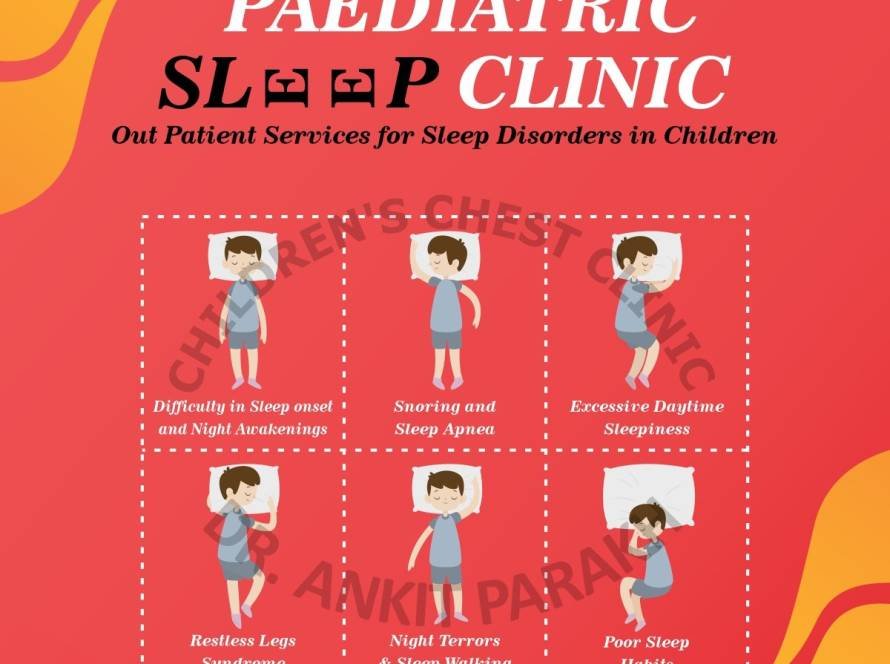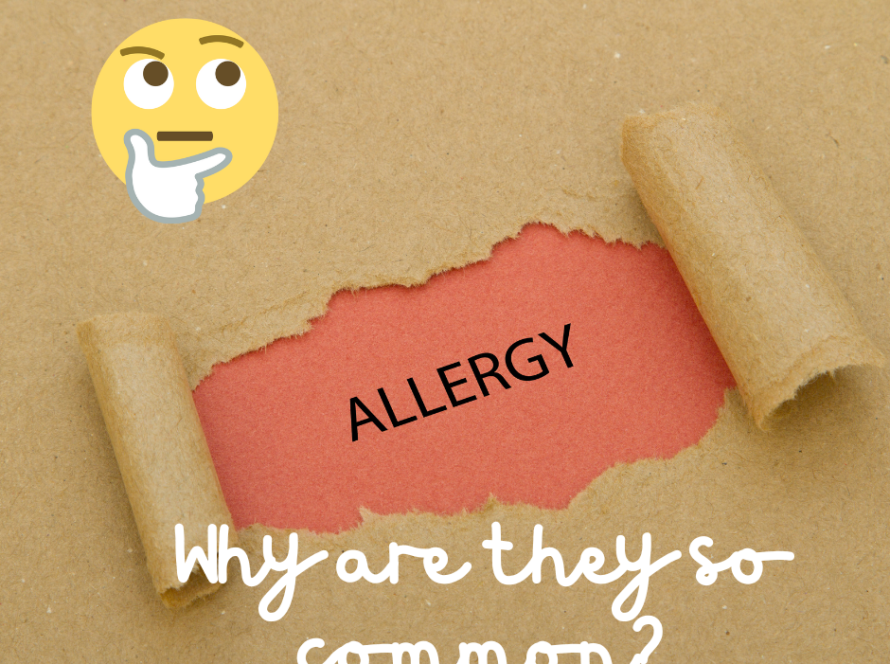Fever is a common symptom that usually signals the body’s response to an infection or inflammation. In children, fevers can be caused by a variety of factors, such as viral infections (like the common cold), bacterial infections, or even vaccinations. It’s important to remember that fever itself isn’t harmful; it’s a natural defense mechanism helping the body fight infection. When a child has a fever, parents often worry and may consider antibiotics as a way to help them feel better quickly. But is it necessary, or even safe, to give antibiotics for every fever?
In this blog we shall discuss when antibiotics might be appropriate and when they aren’t.
What are the Common Causes of Fever in Children?
The most frequent cause of fever in children is respiratory viral infections, like the flu, colds, or viral sore throats. Other common viral infections are dengue and hand-foot-mouth disease. Some bacterial infections, like ear infections, tonsillitis, typhoid or urinary tract infections, may also cause fever.

What Are Antibiotics, and How Do They Work?
Antibiotics are medications specifically designed to fight bacterial infections. They work by targeting and killing bacteria or inhibiting their growth. However, antibiotics have no effect on viruses, which are responsible for most childhood fevers. Using antibiotics when they’re not needed can lead to antibiotic resistance, making it harder to treat infections in the future.
When Antibiotics Are Needed in Children with fever?
Antibiotics do not treat viral infections, and giving them won’t help reduce fever or cure the infection faster. Antibiotics are only required in children having any bacterial infections like ear infections, tonsillitis, typhoid or urinary tract infections.
Can Overuse of Antibiotics be Harmful?
Frequent, unnecessary use of antibiotics can lead to antibiotic resistance, where bacteria evolve to withstand medications that once killed them. This resistance can make treating common infections more challenging and pose risks for the child and the larger community. Antibiotics can cause side effects, including stomach upset, diarrhea, and allergic reactions. They may also disrupt the balance of good bacteria in the body, which can lead to other health issues.
When to See a Doctor for a Child’s Fever?
If a child’s fever is high (above 102°F or 39°C), persists for more than three days, or is accompanied by other symptoms like rash, throat pain, difficulty breathing, ear pain, urinary symptoms, severe headache, or unusual irritability, it’s best to consult a doctor. For very young children (under three months), even a slight fever can be serious and should prompt immediate medical attention.
How to Help a Child with Fever Without Antibiotics?
Encourage plenty of fluids and rest. Fever can lead to dehydration, so fluids are essential. Over-the-counter fever reducers, like paracetamol, can help relieve discomfort.
In Summary
Antibiotics are powerful medications but should only be used when truly needed. Giving antibiotics for every fever in children is not only unnecessary but can also be harmful. Most fevers are due to viral infections, which antibiotics cannot treat. It is extremely important not to start antibiotics on your own.
Consulting with a doctor and understanding when antibiotics are necessary helps protect children’s health and prevent antibiotic resistance. They may conduct a physical examination, consider symptoms, and sometimes perform tests to confirm if a bacterial infection is causing the fever. In cases of confirmed bacterial infections, antibiotics can be a crucial part of recovery.






